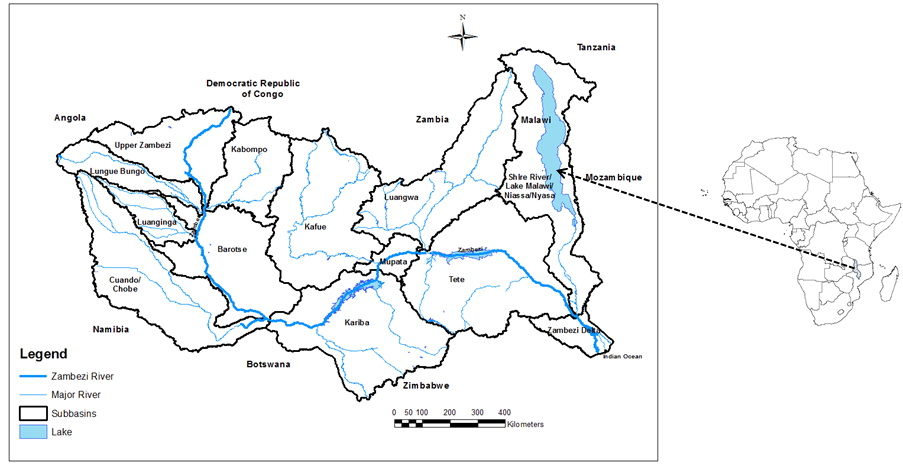The Zambezi River Basin (ZRB) in southern Africa is a rapidly developing hotspot ecosystem, facing an increased risk of flooding and water shortages due to the effects of climate change and increased population. The ongoing NORHED II project aims at understanding how changes in climate and local human pressures (e.g. changes in land use or management), influence hydro- and biogeochemical processes governing ground- and surface water resources in the ZRB is, therefore, the key to achieving sustainable management of the ecosystem.
The proposed Master thesis work contributes to part of the objectives of the project; more specifically it aims to investigate the changing characteristics of hydrological extremes in the Zambezi River Basin and southern Africa under climate change. This includes analysis of changes and trends, variability, time of occurrence, as well as attribution analysis.
The Global Runoff Data for the southern Africa region and observation data in the river basin will be used in the study.
